Last time, we took a look at the beginnings of Luke Cage’s origin and superhero career. Let us continue…
In Luke Cage’s second issue, he met up with his eventual love interest for the series, Dr. Claire Temple, who just happened (ah, love those comic-book coincidences) to be sharing a neighborhood clinic with none other than Dr. Burstein, the man whose experiments gave Luke Cage his powers, who had given up his work in shame following what he believed to be the death of his patient at Seagate.
The presence of Dr. Burstein in the series allowed for a continued sense of tension regarding Luke’s fugitive status, since Burstein knew about Luke’s past and, unbeknownst to Luke, had kept a journal regarding his experiments. This issue also saw, Luke Cage set up his office, a disheveled set of rooms above a rundown movie theatre, and introduced his landlord, friend and occasional sidekick D. W., a well-meaning movie buff who usually was kept busy arranging for repairs to Cage’s office after one of the many brawls would smash through the place.
By the end of his second issue, Luke Cage’s quest for revenge against Diamondback would be over, as Diamondback died by his own hand in battle with Cage, the victim of his own exploding knife. And I gotta say, if you carry around an exploding knife, you’ve got to expect the possibility of this sort of thing.
Diamondback’s death opened up the series for all kinds of opponents for Luke Cage, from the disgruntled military strategist Gideon Mace (three guesses what he had in place of a hand)…
…to the Latino animal tamer Lionfang…
…to Chemistro, the Master or Alchemy, who had invented a pistol that allowed him to alter the elemental properties of any object, transforming it to any other substance.
Unfortunately, the transformation leaves the object unstable, and it soon crumbles to dust. Too bad Chemistro isn’t the sharpest crayon in the box, as he forgets this in the heat of battle and shoots his own foot, transforming it to steel so he can boot Luke Cage in the chops. It all comes back to him a few moments later, when his foot crumbles away to a stump.
Chemistro, ladies and gentlemen – not exactly a candidate for the Supervillains’ Hall of Fame.
The point in this series where I really became a Luke Cage fan, though, was LUKE CAGE: HERO FOR HIRE # 8-9 (April, May 1973), by Steve Englehart and George Tuska. So Cage gets hired by some European fancypants to track down these four guys who he claims took off with his employer’s company secrets. Cage tracks them down and starts to bust ‘em up, until one of them quite literally busts up. As in falls to pieces. Turns out the four guys are robots. Looking for answers, Cage tracks down the Eurotrash guy, who winds up to be in the employ of Doctor Doom.
Cage isn’t happy to be working for Doc Doom, but Doom points out that his money spends as good as anyone else’s, so Cage stays on the case. He busts up the rest of Doom’s runaway robots, but when he heads back to the embassy to pick up his check, that deadbeat Doom has skipped town, heading back to Latveria to avoid paying the bill.
Here’s where it gets good.
Supremely pissed off, Cage heads over to the Baxter Building, and tells Reed Richards that his old buddy Doom just skipped out on a bill, and wants to know if Richards can loan him a rocket to Latveria.
Reed’s response: “Yes, I can.” Which is just hilarious, that Reed would loan a million-dollar piece of equipment to a guy he’s never met, just to put the screws to Doom. It’s a slightly vindictive, funny side to Reed that we haven’t seen before, and it works. So Reed hands over a rocketship, and even presets the autopilot for Latveria.
So Cage lands in Latveria, and after a brief subplot about Cage getting involved with Doom’s robot rebellion, Luke Cage busts in to Castle Doom and just starts pounding on Dr. Doom until he gets his money.
Doom’s all talk at first, but when his armor starts to crack from Luke Cage’s focused asskicking, ol’ Victor begins to panic.
Luckily, they’re distracted by more of Doom’s rebellious robots (maybe he needs to run Norton anti-virus or something), and Cage has to save Doom’s bacon, to make sure he gets paid.
All this for two hundred bucks.
Doom finally pays up, pulling a bundle of greenbacks from a dresser drawer, with this hilarious declaration:
I’m telling you, the notion of Luke Cage flying to Latveria to put a beatdown on Doom for a couple hundred bucks has instantly and forever made me a Luke Cage fan.
In issue #17, the series and the character got a new name, with “Hero for Hire” being replaced by the more traditionally superheroic-sounding “Power Man.”
As much as they tried to use it, though, it never really took, and to this day, most people still think of the character as just Luke Cage.
After a few years, sales began to dip, so Luke Cage’s series was combined with another ‘70s fad series with softening sales, the kung-fu flavored IRON FIST, with the two unlikely partners going into business together as “Heroes for Hire.”
The new series, picking up LUKE CAGE’s numbering with POWER MAN AND IRON FIST #50, was definitely more successful than either of its two ancestors, surviving another 75 issues until its cancellation with issue #125. As a team, the two also assumed a higher profile in the Marvel Universe, with numerous guest appearances and crossovers giving them a near “A-List” cachet, at least for a while.
After their series ended and Iron Fist was killed off (although he was naturally resurrected a few years later), Luke Cage was in limbo for quite a while before resurfacing in a ‘90s HEROES FOR HIRE revival series, which was actually pretty good, and sadly overlooked in a crowded market.
Cage really made a comeback a couple years back in the pages of Brian Michael Bendis’ superhero noir series ALIAS, as the eventual love interest of his protagonist, fallen superhero/private eye Jessica Jones. His appearance in the first issue, as a late-night booty call for Jones, received much criticism as being both needlessly salacious and out of character, but Bendis went on to keenly and realistically develop the relationship between Cage and Jones, with the two now the parents of a newborn and married.
Bendis’ affection for the character also showed up in his NEW AVENGERS series, in which Luke Cage is made a member of the team for the first time, a move which, I must admit, makes sense in the context of the character’s debut, as he took inspiration from Captain America and other popular superheroes and often bitterly complained about how much worse he had it. To see him accept the invitation at long last, and enjoy the role he’s given, seems completely in character, and his role in both NEW AVENGERS catapulted him to a kind of close-to-A-list status in the Marvel Universe he’d never had before.

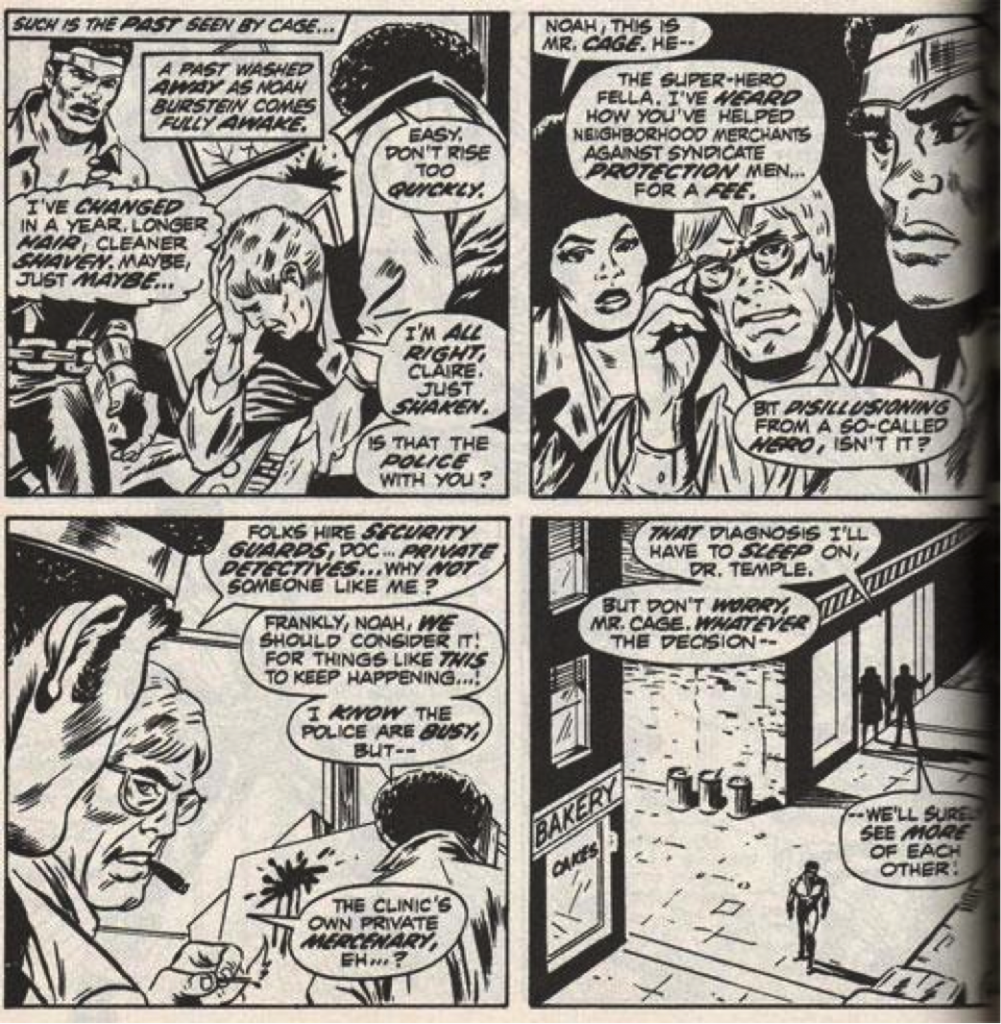
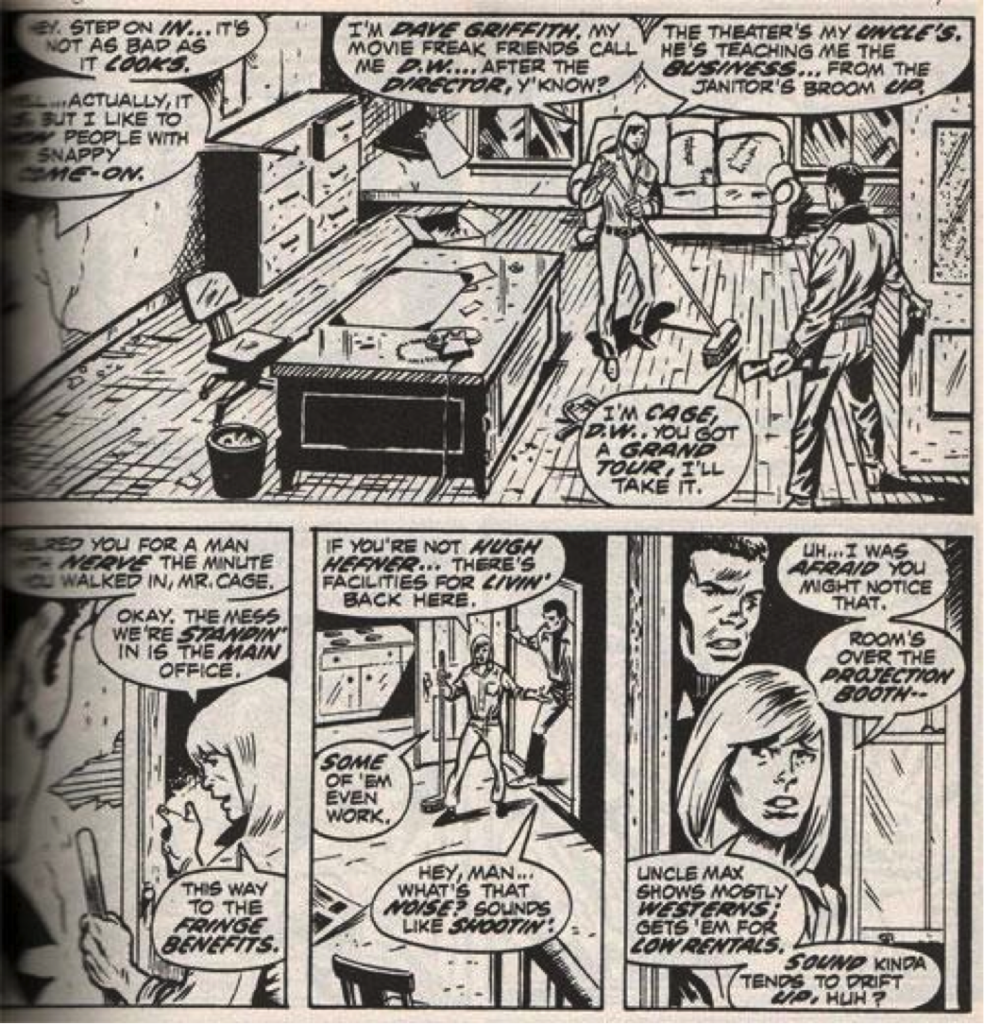
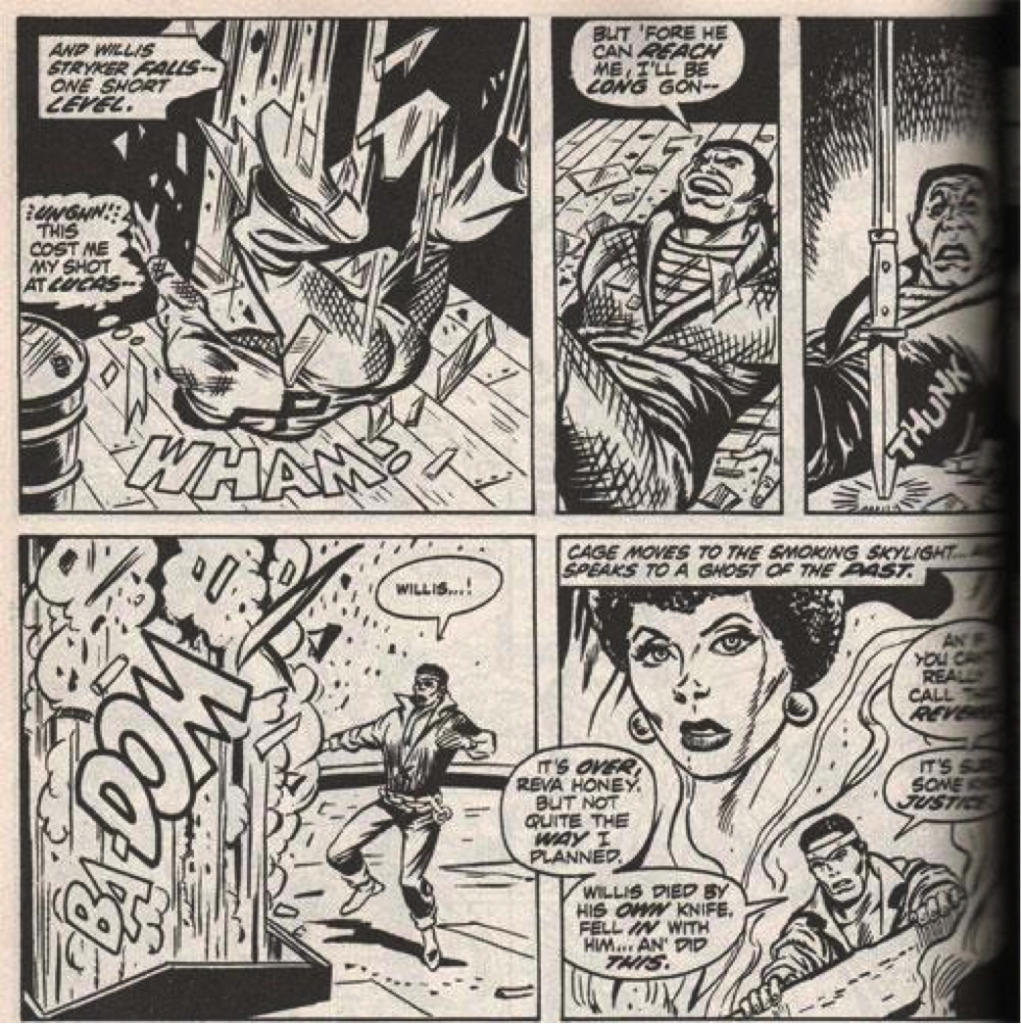
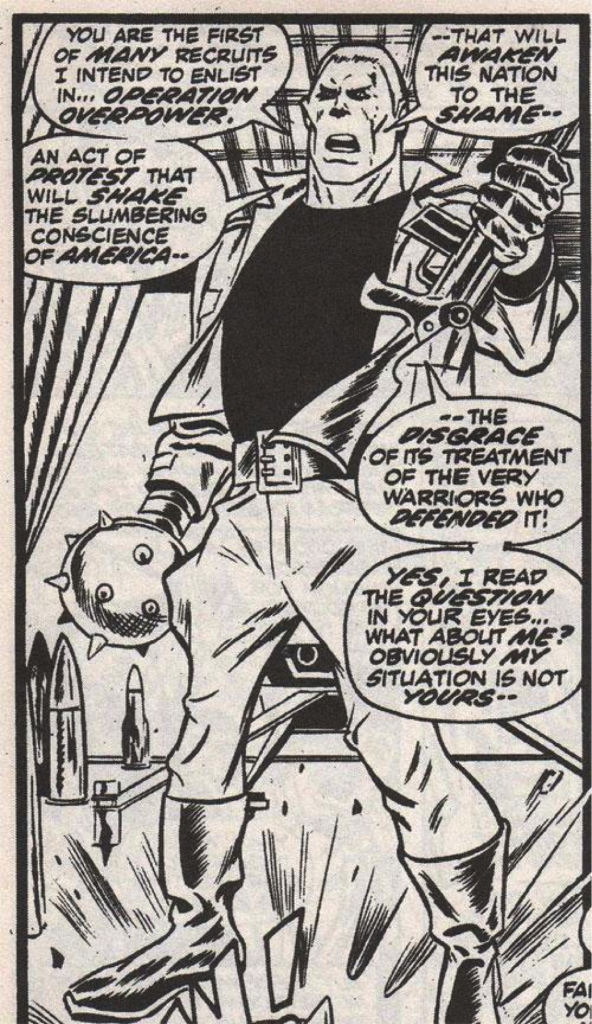
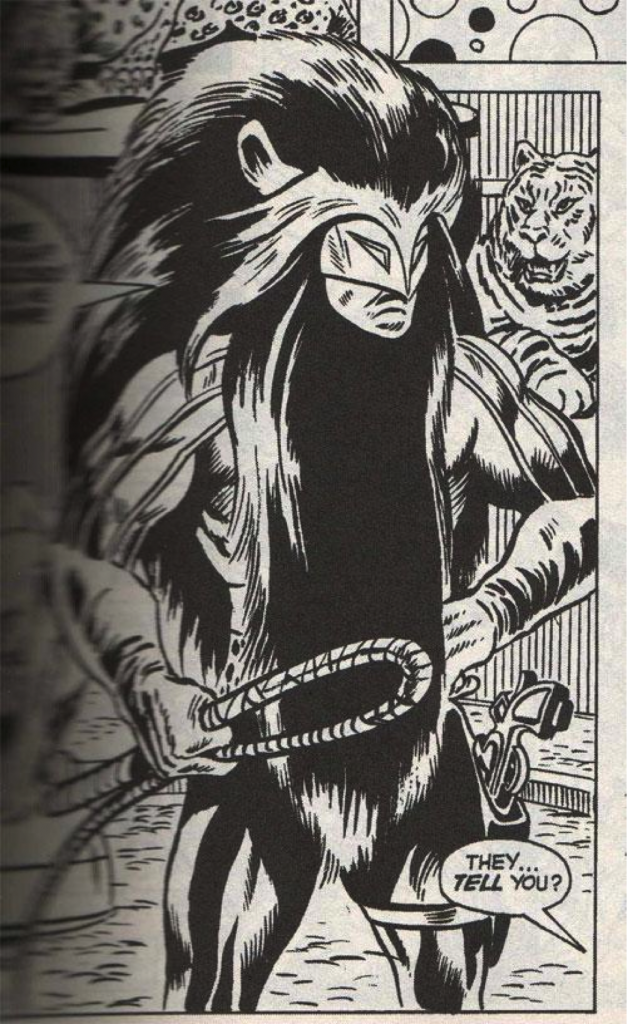
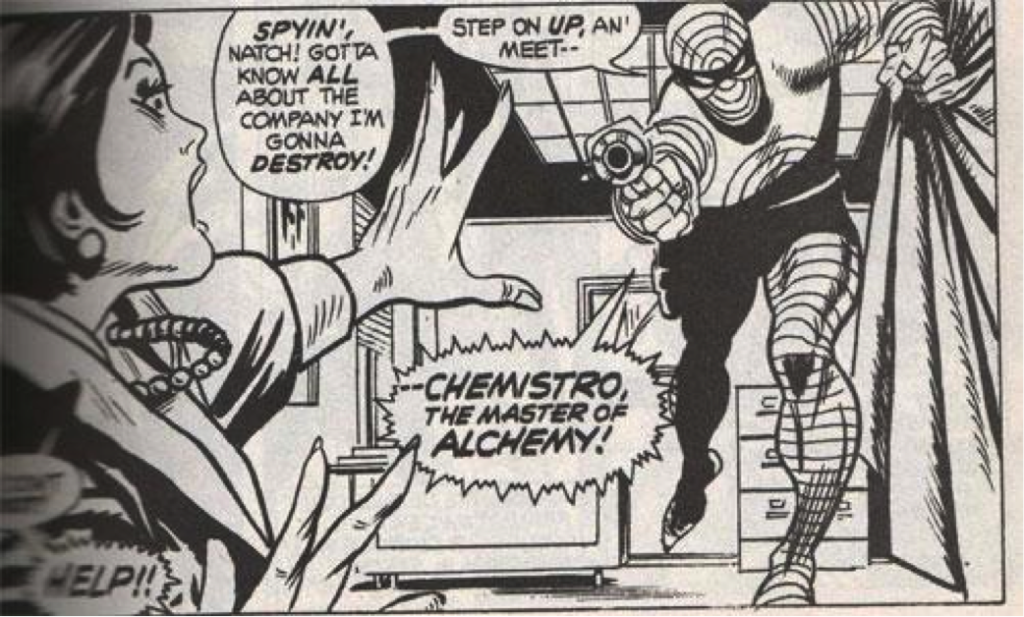
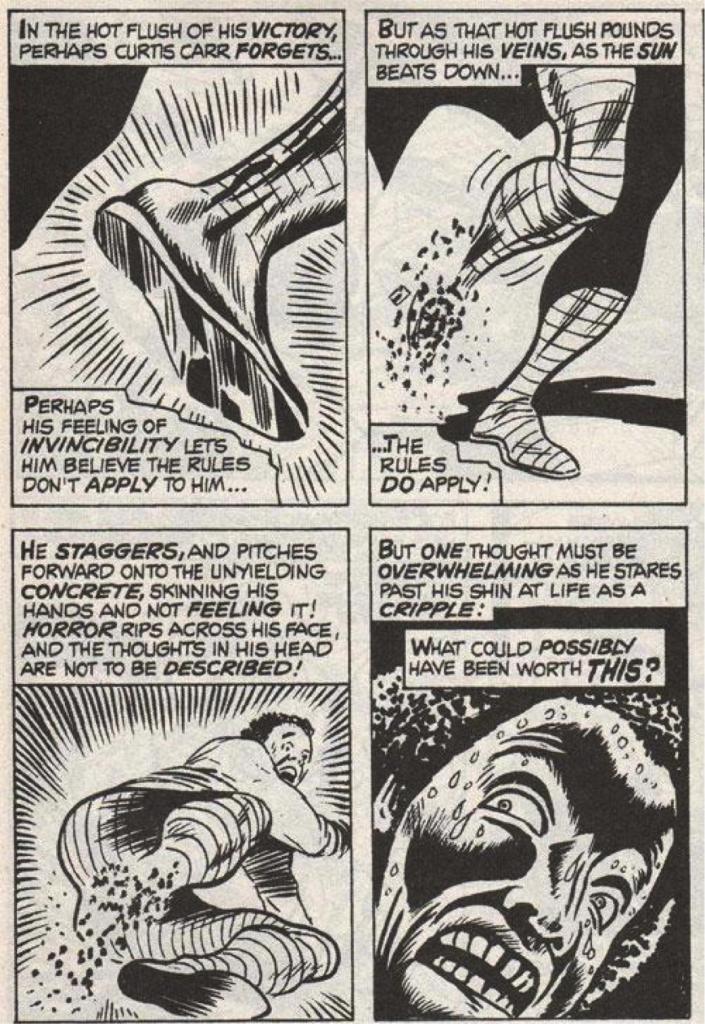
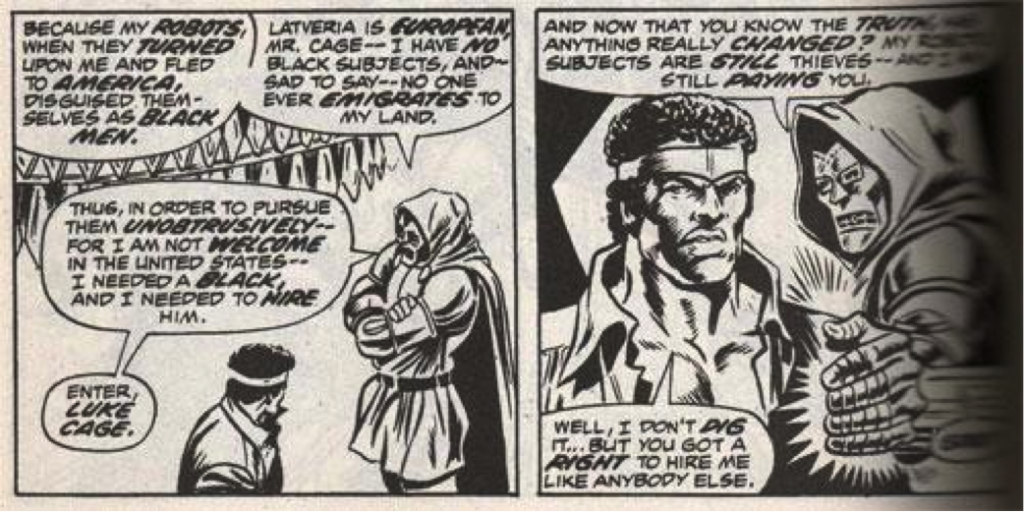
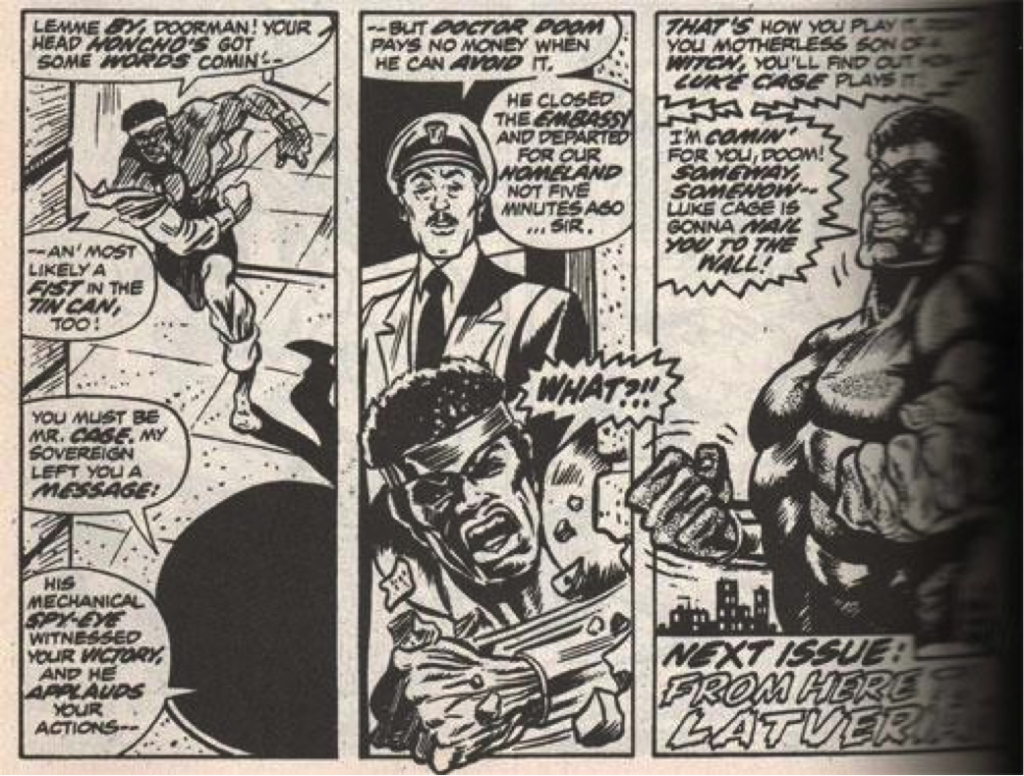
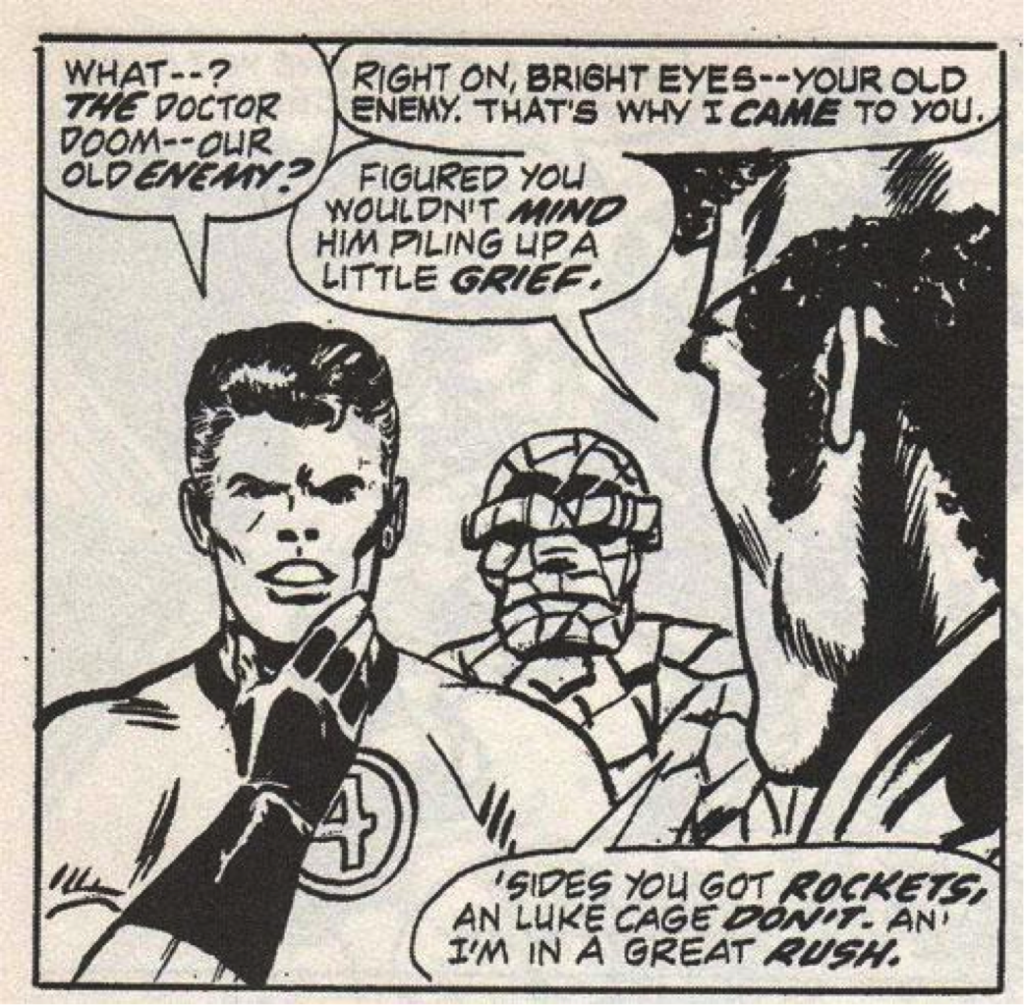
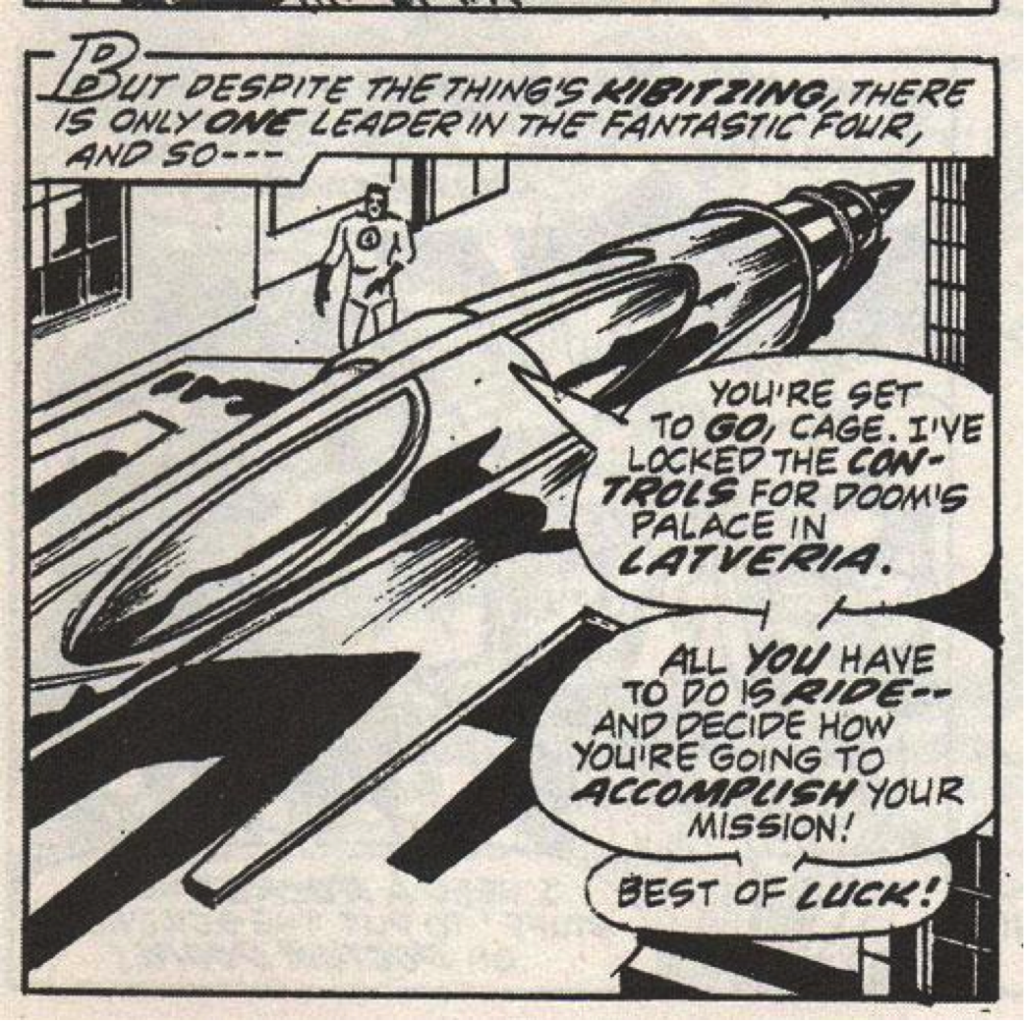
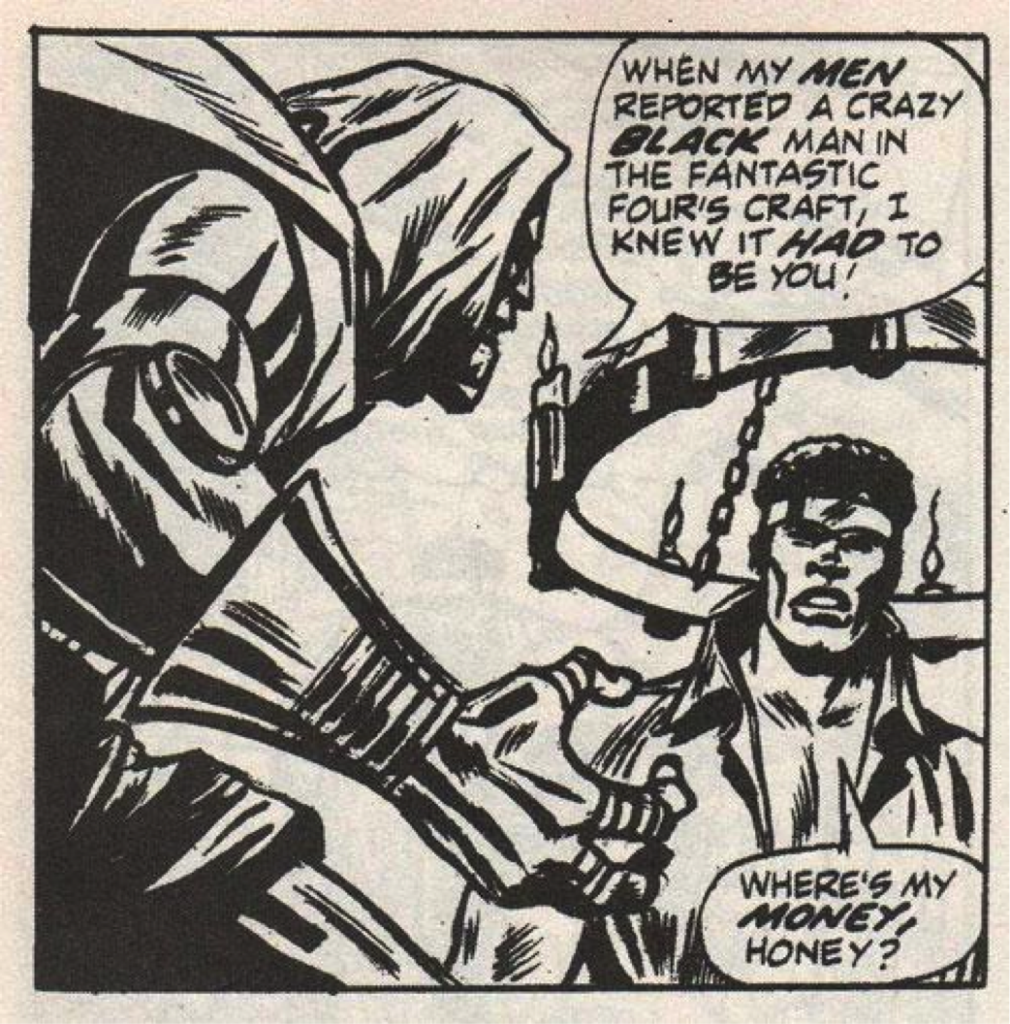
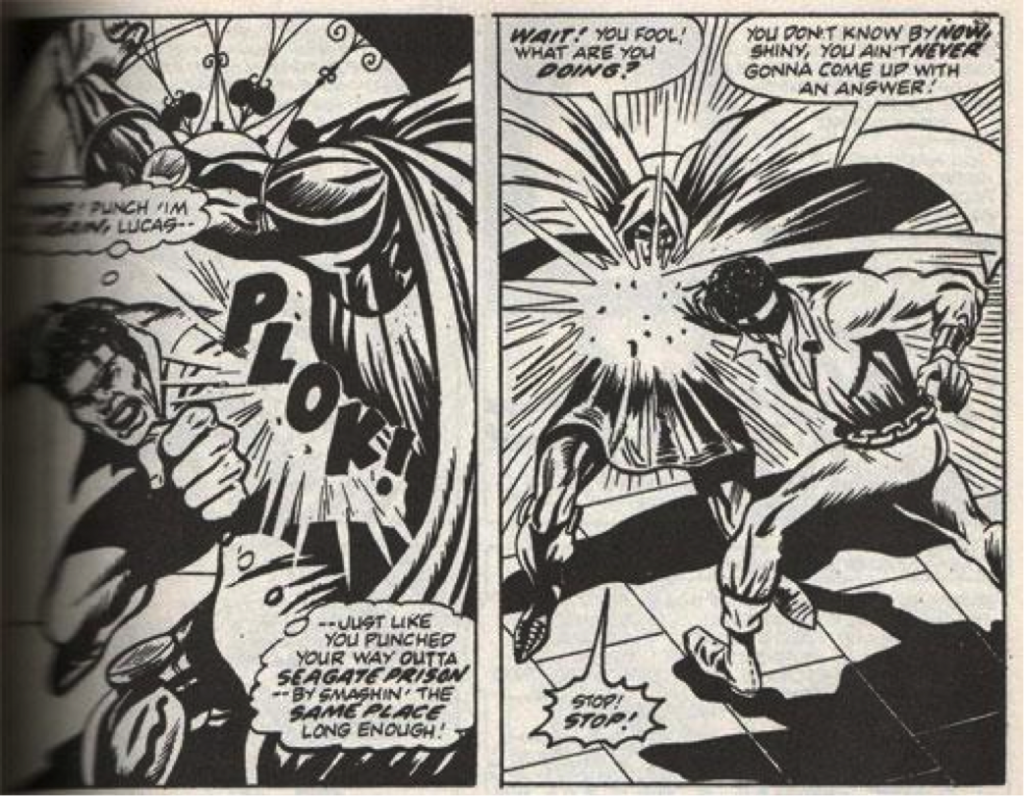
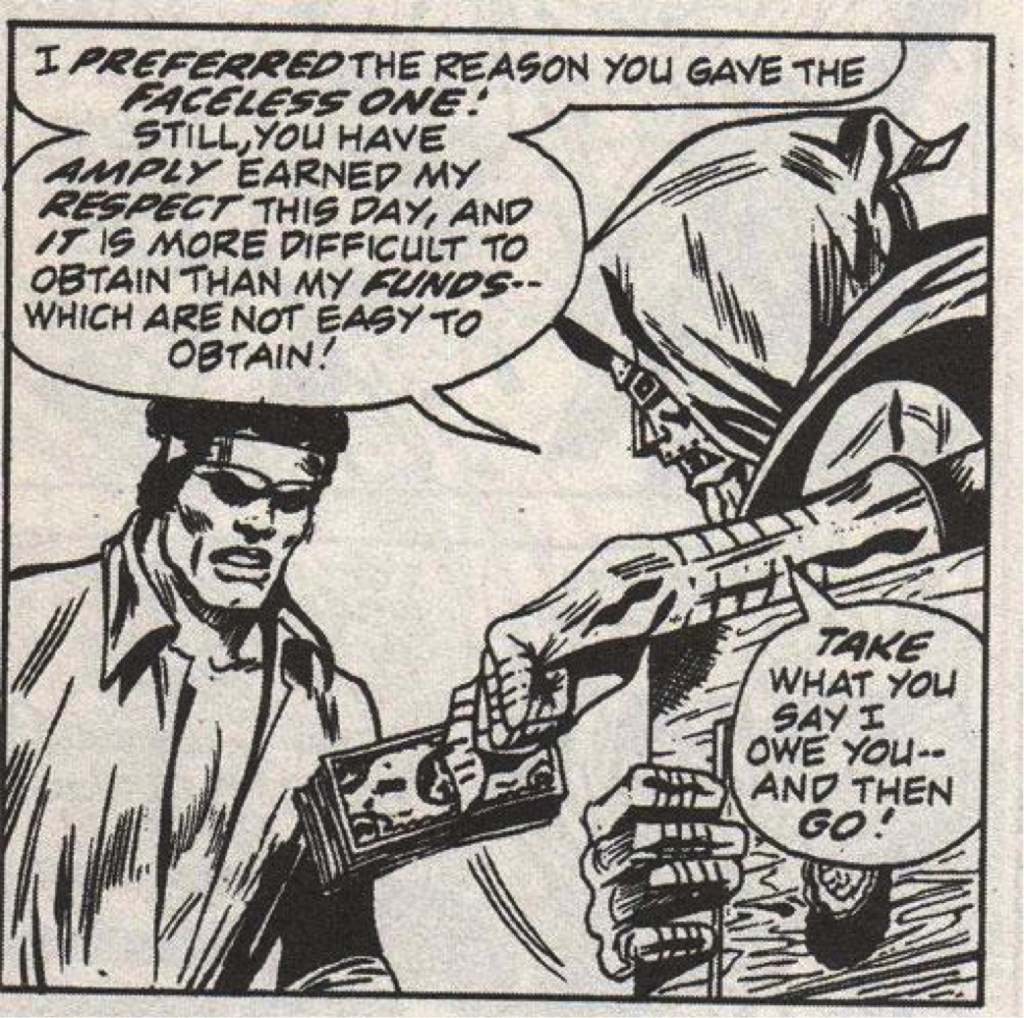
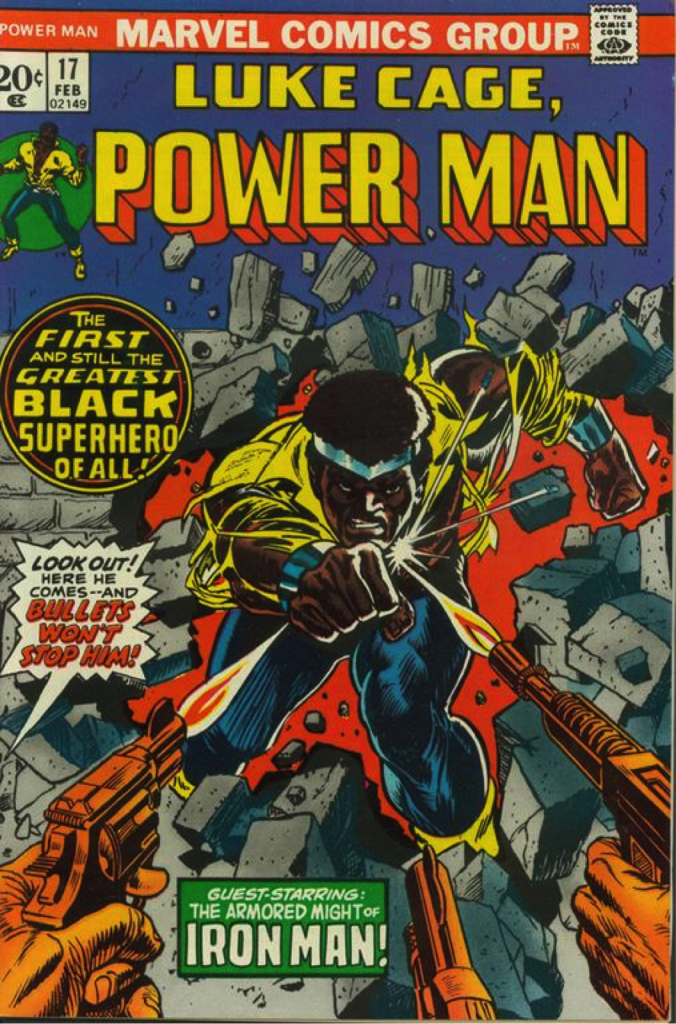
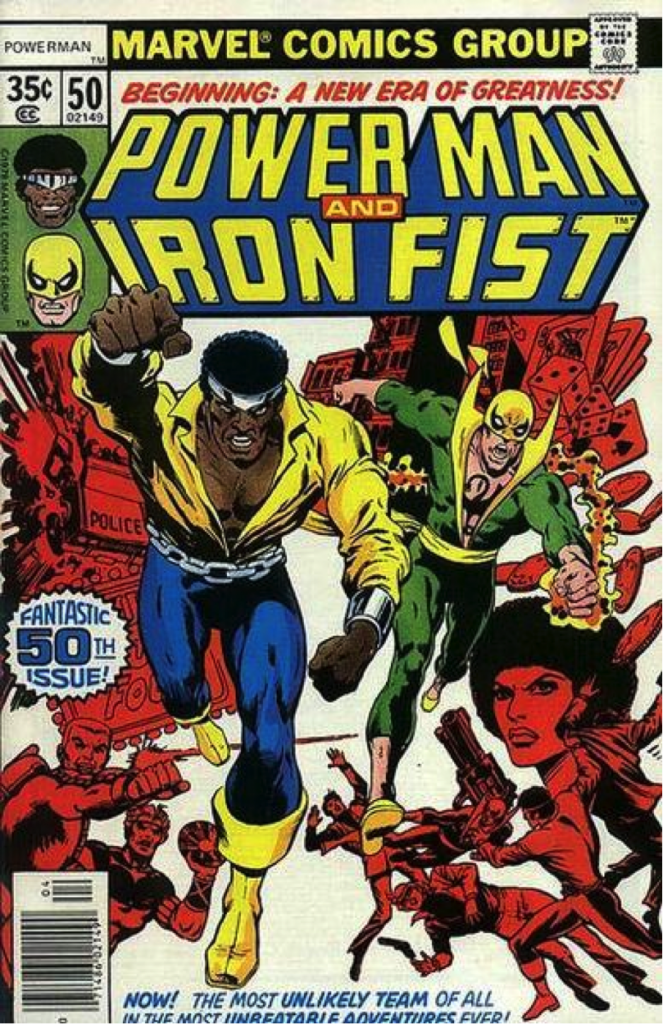

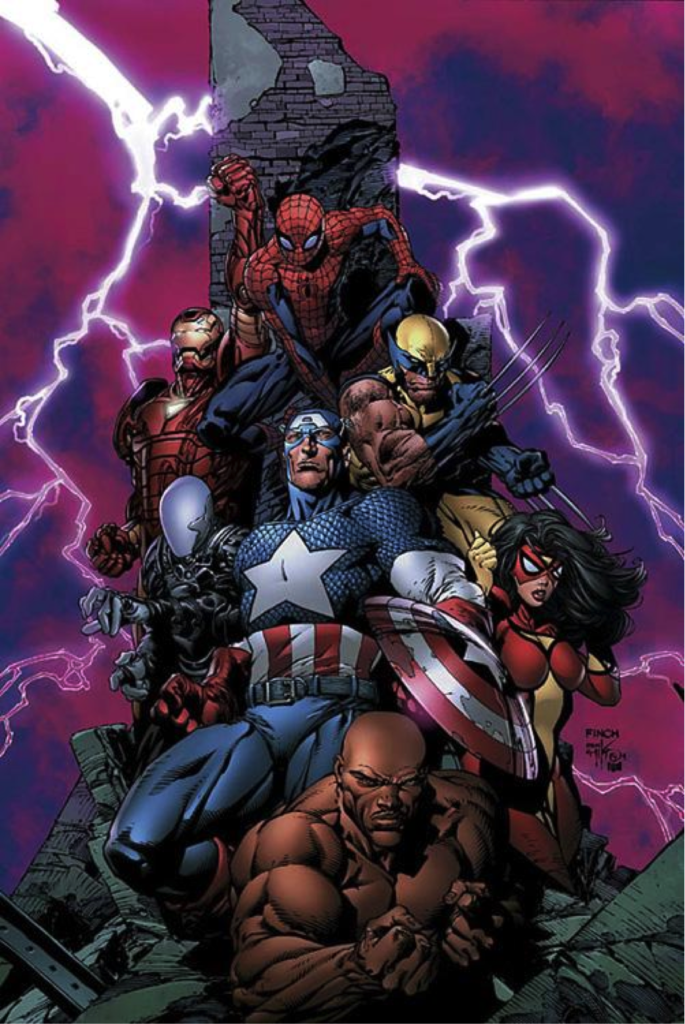
Comments are closed.